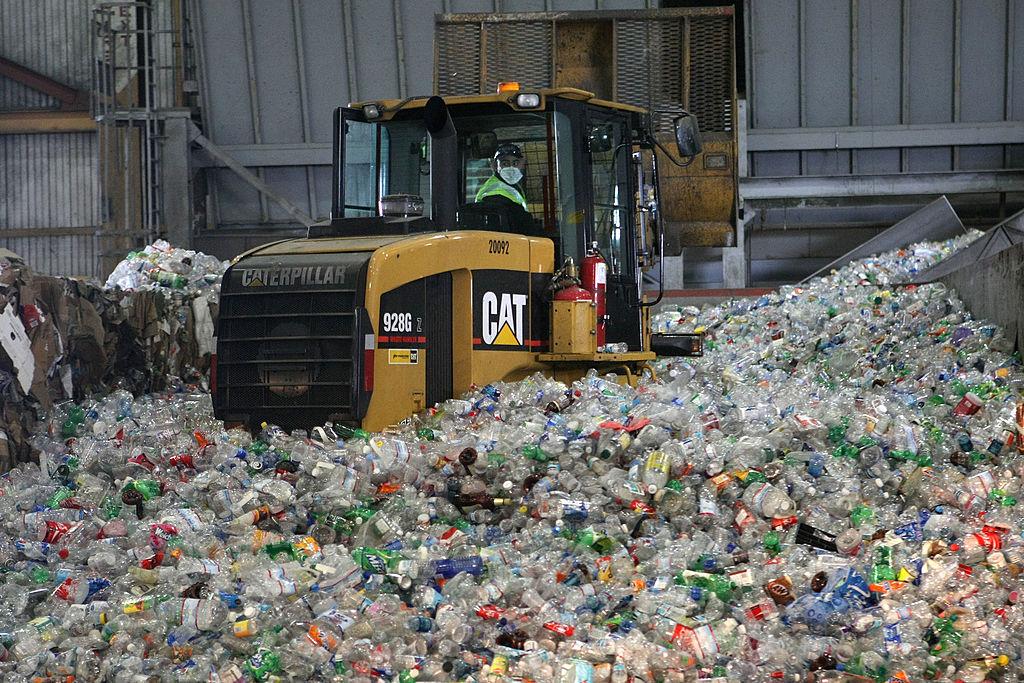The amount of plastics Australians generate in one year produces as much greenhouse gas as 5.7 million cars on the roads annually, which is more than one-third of emissions yielded annually by the country’s car fleet.
In a new study, the Australian Marine Conservation Society and WWF-Australia found that if Australia continues on its current path, the country’s plastic emissions will more than double to 42.5 million tonnes annually by 2050.




